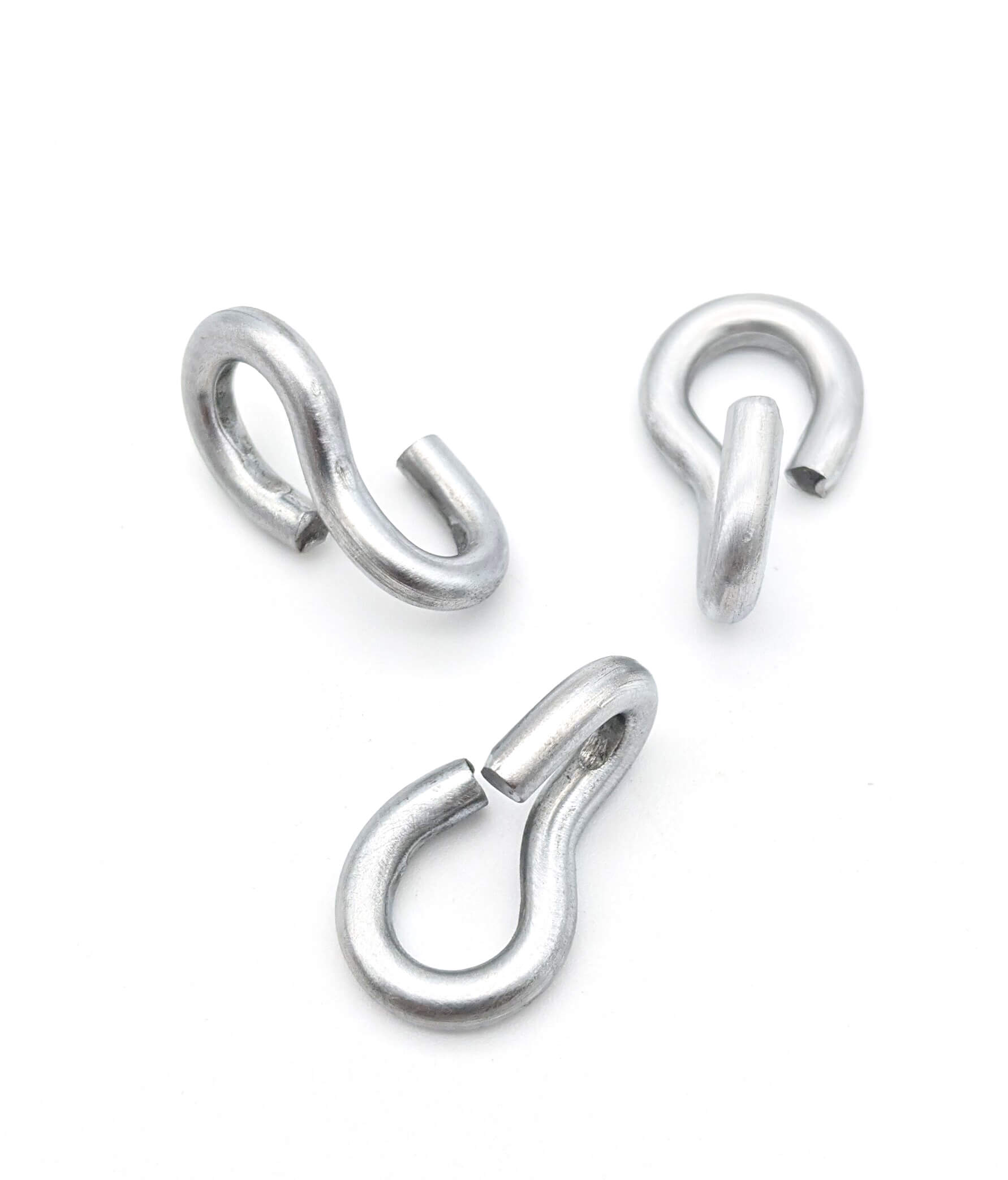Get unique, complex parts easily. No matter your requirements, Chaoyi Spring creates hard-to-produce coil springs and wire forms.
Let us help you create the custom wire form you need, from S-hooks and J-hooks to utility hooks and more.
We work closely with customers across a wide range of industries, helping them design and manufacture made-to-order parts.
Why choose Chaoyi Spring? We prioritize customer-focused collaboration, modern equipment and the latest technology to make your parts per print.
Find the information and guidance you need, from measuring a spring to learning about materials, placing an order and much more.
Spring compression is a critical process in various industries, from manufacturing to automotive and beyond. It involves applying force to a spring to shorten its length, which is often necessary


Spring compression is a critical process in various industries, from manufacturing to automotive and beyond. It involves applying force to a spring to shorten its length, which is often necessary for installation, assembly, or testing purposes. The effectiveness of spring compression depends greatly on the tools used, as different springs require specialized techniques and equipment. This comprehensive guide will delve into the world of spring compression tools, exploring their types, uses, and considerations for choosing the right tool for the job.

The realm of spring compression tools is as diverse as the springs themselves, ranging from simple hand tools to sophisticated hydraulic presses. Understanding the various types available is essential for choosing the most appropriate tool for a specific task.
For smaller springs, hand tools offer a practical and often cost-effective solution. These tools provide manual force to compress the spring, often utilizing leverage or clamping mechanisms. Common examples include:
These devices resemble pliers or clamps with adjustable arms that grip the spring ends. They are typically used for lighter-duty springs and offer manual control over compression force. Spring compressors are often found in workshops and garages for tasks like replacing car suspension springs.
C-clamps are versatile tools often used in woodworking and metalworking but can also be used for compressing smaller springs. By placing a C-clamp around the spring and tightening the handle, you can compress the spring to the desired length.
When dealing with larger or stronger springs, hydraulic tools become indispensable. These tools utilize hydraulic pressure to generate significant force, enabling the compression of heavy-duty springs found in automotive, industrial, and aerospace applications.
Hydraulic presses are powerful and versatile machines that use a hydraulic cylinder to exert a controlled force on a platen, compressing the spring between the platen and a fixed base. They are commonly used for assembling and testing springs in manufacturing settings. Hydraulic presses are often found in industrial workshops and machine shops.
These specialized tools are designed specifically for compressing springs. They consist of a hydraulic cylinder with jaws that clamp onto the spring ends, applying force to compress it. Hydraulic spring compressors are widely used in automotive repair shops for replacing suspension springs and other heavy-duty applications.
Selecting the right spring compression tool requires careful consideration of various factors. The key factors include:
The size and strength of the spring are paramount. Smaller springs can be compressed using hand tools, while larger or stronger springs necessitate the use of hydraulic tools.
The compression force required for the spring will dictate the type of tool needed. A hand tool might suffice for light compression, while a hydraulic press is required for high-force compression.
The specific application and the environment where the compression will take place also play a role. For instance, a portable spring compressor may be preferred for on-site work, while a stationary hydraulic press is better suited for a workshop environment.
Safety is always paramount when working with spring compression tools. Ensure you use the appropriate tool for the task, wear appropriate safety gear, and follow safety guidelines provided by the tool manufacturer.
Whether you are using hand tools or hydraulic equipment, there are tips to ensure effective and safe spring compression. These include:
Select a tool that is appropriate for the size and strength of the spring and the compression force required.
Ensure the spring is securely clamped to prevent it from slipping or releasing during compression.
Compress the spring slowly and evenly to avoid sudden movements or damage.
When using hydraulic tools, maintain pressure on the spring during the compression process.
After compression, inspect the spring for signs of damage or deformation. If damage is evident, replace the spring.
The world of spring compression tools offers a wide range of options, each suited for specific applications. From small hand tools to powerful hydraulic presses, the right tool makes all the difference in achieving effective and safe spring compression. Understanding the different types of tools, their capabilities, and considerations for selection will enable you to choose the perfect tool for your spring compression needs. By following the tips for effective compression, you can ensure that the process is efficient, safe, and results in a properly compressed spring.
Spring compression is a vital process in many industries, and choosing the right tool is crucial for success. By understanding the different types of spring compression tools, their advantages and disadvantages, and the considerations for selecting the appropriate tool for the job, you can optimize your spring compression processes and ensure safety and efficiency. Whether you are a professional mechanic, a DIY enthusiast, or an industrial engineer, this guide equips you with the knowledge to make informed decisions regarding spring compression tools.
Browse some of the custom wire forms and springs that we manufacture. Don’t see what you need? We specialize in made-to-order products that meet your application requirements.
Visit Our GalleryNeed a custom wire form or coil spring? We make it work. Fill out the contact form and a representative will respond within 1 business day. If you have a PDF or CAD file, you can submit to request a quote.